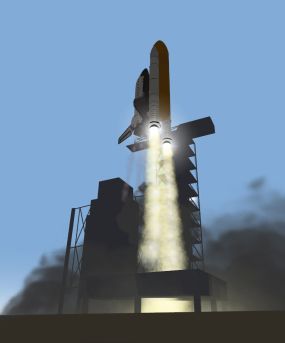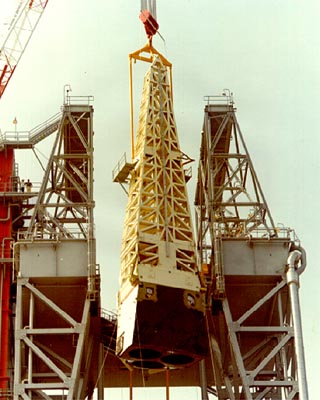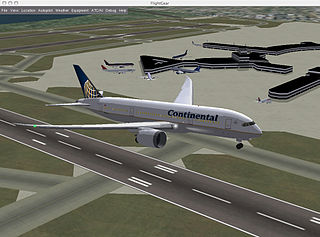
The Pinwheel Galaxy is a face-on spiral galaxy 21 million light-years away from Earth in the constellation Ursa Major. It was discovered by Pierre Méchain in 1781 and was communicated that year to Charles Messier, who verified its position for inclusion in the Messier Catalogue as one of its final entries.
88 (eighty-eight) is the natural number following 87 and preceding 89.
53 (fifty-three) is the natural number following 52 and preceding 54. It is the 16th prime number.

59 (fifty-nine) is the natural number following 58 and preceding 60.
66 (sixty-six) is the natural number following 65 and preceding 67.
91 (ninety-one) is the natural number following 90 and preceding 92.
92 (ninety-two) is the natural number following 91 and preceding 93.
94 (ninety-four) is the natural number following 93 and preceding 95.
95 (ninety-five) is the natural number following 94 and preceding 96.
96 (ninety-six) is the natural number following 95 and preceding 97. It is a number that appears the same when turned upside down.
97 (ninety-seven) is the natural number following 96 and preceding 98. It is a prime number and the only prime in the nineties.

Orbiter is a space flight simulator program developed to simulate spaceflight using realistic Newtonian physics. The simulator was released on 27 November 2000; the latest edition, labeled "Orbiter 2016", was released on 30 August 2016, the first new version of the simulator since 2010. On 27 July 2021, Dr Schweiger announced to the Orbiter Community that Orbiter is being published under open source MIT license.

The Oldsmobile 98 is the full-size flagship model of Oldsmobile that was produced from 1940 until 1942, and then from 1946 to 1996. The name – reflecting a "Series 90" fitted with an 8-cylinder engine – first appeared in 1941 and was used again after American consumer automobile production resumed post-World War II. It was, as it would remain, the division's top-of-the-line model, with lesser Oldsmobiles having lower numbers such as the A-body 66 and 68, and the B-body 76 and 78. The Series 60 was retired in 1949, the same year the Oldsmobile 78 was replaced by the 88. The Oldsmobile 76 was retired after 1950. This left the two remaining number-names to carry on into the 1990s as the bread and butter of the full-size Oldsmobile lineup until the Eighty Eight-based Regency replaced the 98 in 1997.

Eridanus is a constellation in the southern celestial hemisphere. It is represented as a river. One of the 48 constellations listed by the 2nd century astronomer Ptolemy, it remains one of the 88 modern constellations. It is the sixth largest of the modern constellations, and the one that extends farthest in the sky from north to south. The same name was later taken as a Latin name for the real Po River and also for the name of a minor river in Athens.

The Main Propulsion Test Article (MPTA-098) was built by Rockwell International as a testbed for the definitive propulsion and fuel delivery systems for the U.S. Space Shuttle Program.
Microsoft Flight Simulator began as a set of articles on computer graphics, written by Bruce Artwick throughout 1976, about flight simulation using 3-D graphics. When the editor of the magazine told Artwick that subscribers were interested in purchasing such a program, Artwick founded Sublogic Corporation to commercialize his ideas. At first the new company sold flight simulators through mail order, but that changed in January 1979 with the release of Flight Simulator (FS) for the Apple II. They soon followed this up with versions for other systems and from there it evolved into a long-running series of computer flight simulators.
Space Shuttle Mission 2007 is a Space Shuttle stand-alone mission simulator for Microsoft Windows. The simulator was released on January 1, 2008 after having been under development for more than six years.

A flight simulation video game refers to the simulation of various aspects of flight or the flight environment for purposes other than flight training or aircraft development. A significant community of simulation enthusiasts is supported by several commercial software packages, as well as commercial and homebuilt hardware. Open-source software that is used by the aerospace industry like FlightGear, whose flight dynamics engine (JSBSim) is used in a 2015 NASA benchmark to judge new simulation code to space industry standards, is also available for private use. A popular type of flight simulators video games are combat flight simulators, which simulate combat air operations from the pilot and crew's point of view. Combat flight simulation titles are more numerous than civilian flight simulators due to variety of subject matter available and market demand.







